"Planet of the Apes" Premiered in 1968
The anniversary of the 1968 premiere of "Planet of the Apes" at New York’s Capitol Theatre. Explore its cultural impact, groundbreaking makeup effects, and legacy in science fiction.
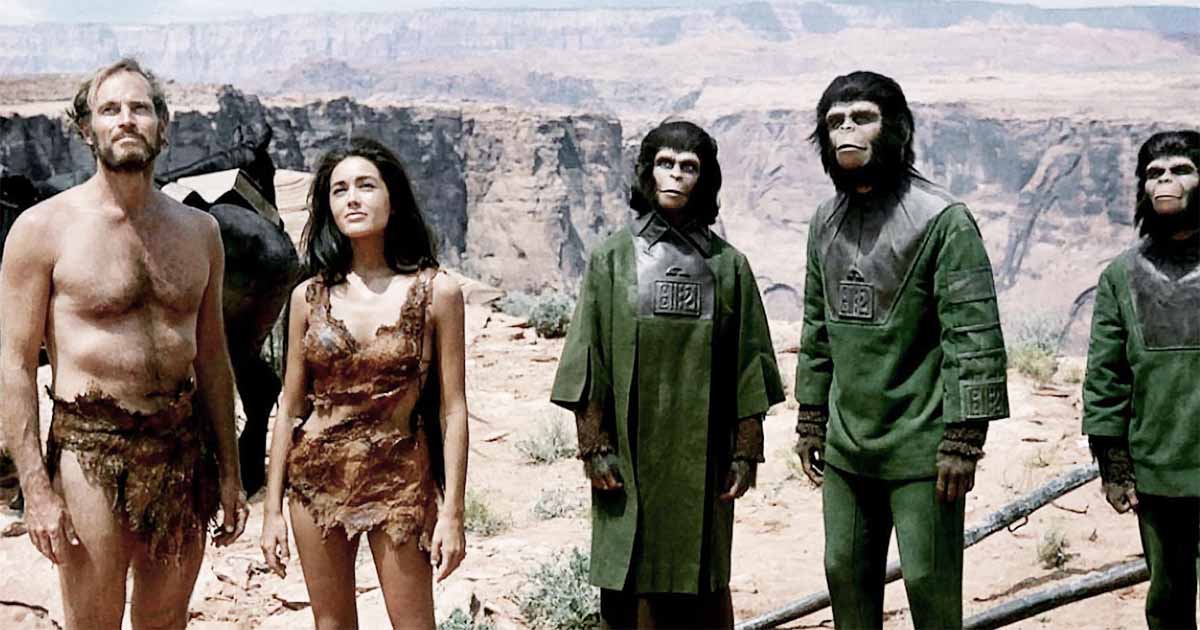
This Week in Classic Science Fiction — "Planet of the Apes" Premieres
On February 8, 1968, science fiction took a bold leap forward with the world premiere of "Planet of the Apes" at New York City's Capitol Theatre. Adapted from Pierre Boulle's 1963 novel, the film starred Charlton Heston and featured groundbreaking prosthetic makeup by John Chambers, whose work earned a special Academy Award.
Its dystopian narrative captivated audiences—a critique of human hubris and societal decay wrapped in a tale of intelligent apes and a time-lost astronaut. The film's shocking final scene became one of the most iconic moments in sci-fi history.
"Planet of the Apes" was a major success, inspiring four sequels, a television series, and multiple reboots. Fifty-seven years later, its impact remains, standing as a cautionary tale about the dangers of war, environmental destruction, and dehumanization.
Sponsored by Space Gorillas

Galactic Gorillas: Battle in Style
In the outer reaches of the Andromeda Sector, the planet of Kongara was home to an extraordinary band of warriors: the Space Gorillas. These intelligent primates, able to navigate the vacuum of space, had long been embroiled in a fierce conflict against the neighboring Banana Republic—a coalition of rogue farmers turned space pirates, notorious for their bio-engineered banana-based weaponry.
A Sci-Fi Milestone in the Premiere of "Planet of the Apes"
"Planet of the Apes" captivated audiences with its tale of a dystopian world where apes dominate and humans struggle for survival. Its groundbreaking makeup effects and shocking twist ending set new standards for science fiction storytelling.
"Planet of the Apes" was more than an adventure film. It was a mirror held up to human society, exploring themes of power, prejudice, and existential fear. Fifty-seven years later, its influence on science fiction and popular culture remains profound.
From Novel to Screen
The story of "Planet of the Apes" began with Pierre Boulle's 1963 novel "La Planète des Singes" ("Monkey Planet"). Boulle, known for his earlier work "The Bridge on the River Kwai," crafted a satirical narrative about an astronaut who lands on a planet ruled by intelligent apes. Producer Arthur P. Jacobs acquired the film rights and enlisted Rod Serling, creator of "The Twilight Zone," to adapt the screenplay. Serling's early drafts introduced the now-iconic twist ending—an Earth ravaged by nuclear war.
Bringing this ambitious vision to life posed significant challenges. The production team needed convincing makeup and special effects to depict a society of intelligent apes. Enter John Chambers, a former medical technician whose prosthetic designs would revolutionize cinematic makeup.
A Breakthrough in Special Effects
The success of "Planet of the Apes" hinged on the believability of its ape characters. John Chambers, renowned for his work with prosthetics for wounded veterans, developed innovative techniques to create flexible facial appliances that allowed actors to express emotion.
The makeup process was grueling, with actors spending hours in the chair each day. Despite the challenges, Chambers' work was so groundbreaking that he received an honorary Academy Award.
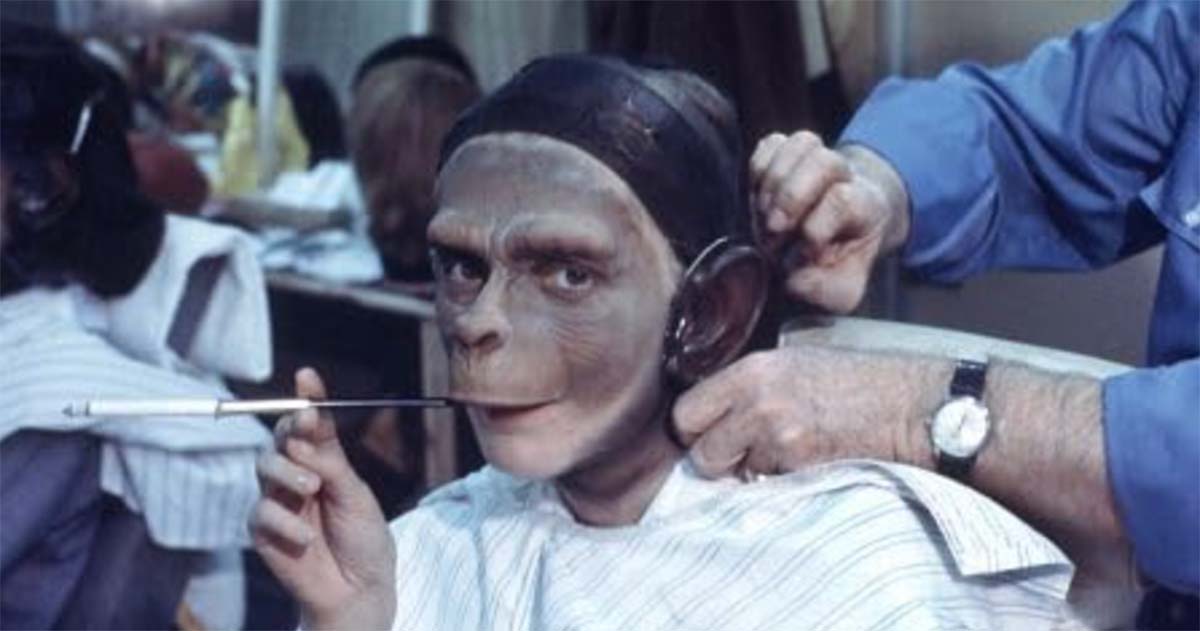
The film's visual effects extended beyond makeup. Schaffner and his team employed creative camera angles and production design to portray an alien yet eerily familiar world. The desolate landscapes, filmed in Utah's Glen Canyon, enhanced the film's unsettling atmosphere.
Themes of Power and Identity
"Planet of the Apes" reflected the anxieties of its time, particularly issues of power, identity, and societal division. The 1960s were marked by social upheaval, including the civil rights movement and growing distrust of authority. Through its depiction of a rigid caste system led by apes, the film offered a version of human prejudice and hierarchical structures.
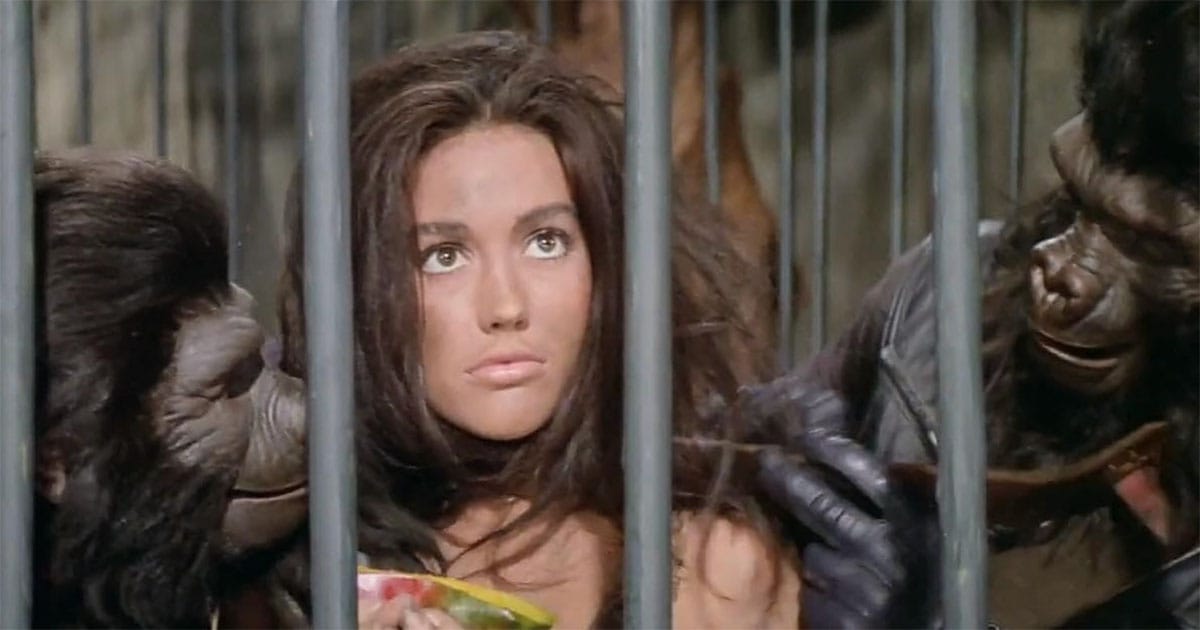
The movie's exploration of dehumanization is perhaps its most enduring theme. Charlton Heston's character, George Taylor, experiences brutal subjugation at the hands of the ape rulers. This reversal of roles forces viewers to confront uncomfortable truths about how societies justify oppression. The dialogue between science and faith, represented by the characters of Dr. Zaius and Dr. Cornelius, adds another layer of complexity, questioning humanity's reliance on dogma over reason.
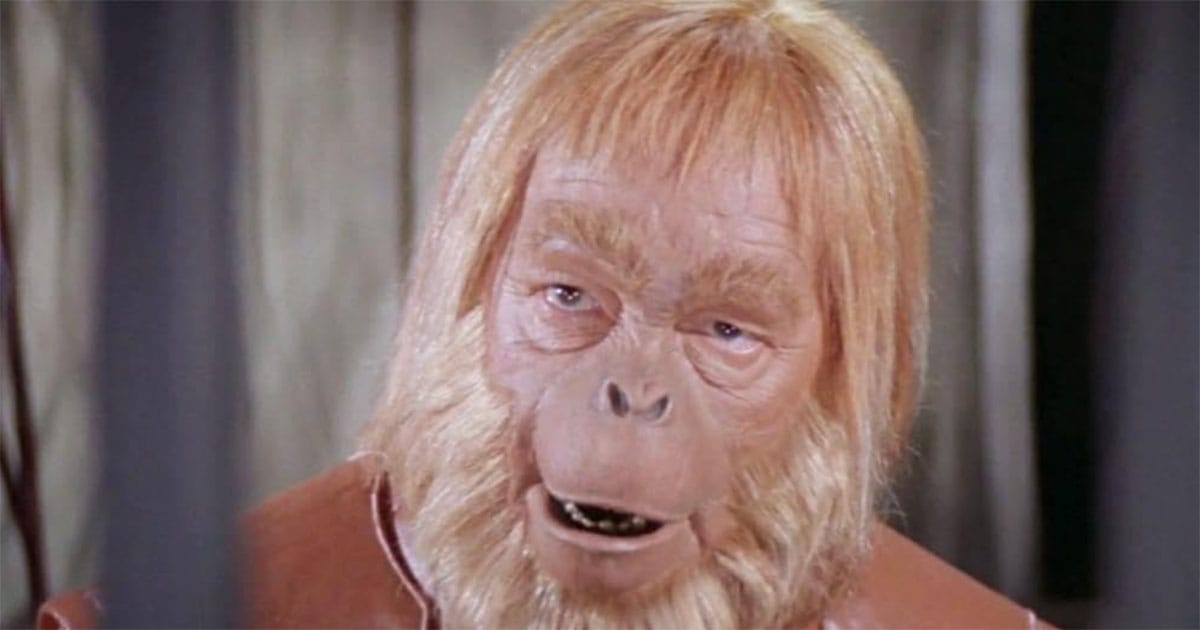
The Iconic Twist Ending
Few endings in cinema are as memorable as the final scene of "Planet of the Apes." After escaping his captors, Taylor stumbles upon the shattered remains of the Statue of Liberty, realizing that the "alien" planet is a post-apocalyptic Earth. This twist, conceived by Rod Serling, stunned audiences and became a defining moment in science fiction history.
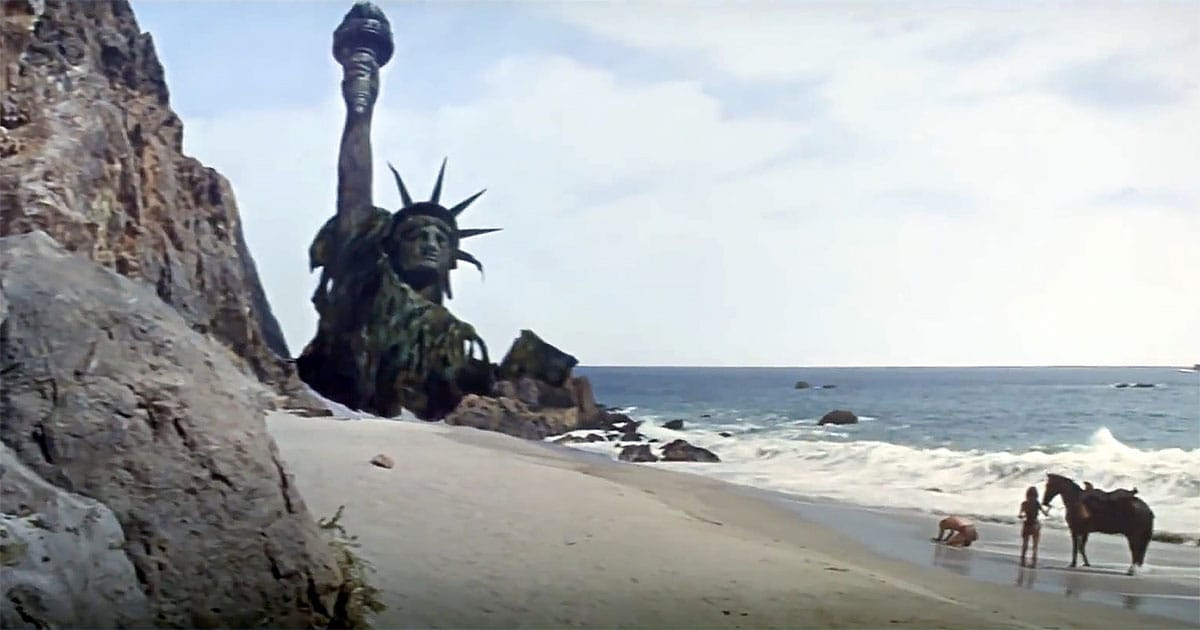
The scene's impact lies not just in its shock value but in its message. It serves as a grim warning about the consequences of war and the fragility of civilization. The haunting image of the ruined statue remains a powerful symbol of humanity's potential for self-destruction.
Exploring Time Dilation in the Plot
"Planet of the Apes" incorporates Einstein’s theory of time dilation to create its futuristic twist. George Taylor and his crew travel at near-light speeds, which causes time to pass more slowly for them than for those on Earth. This scientific concept is subtly referenced in the film’s opening scenes, where Taylor reflects on the passage of time and the distance from humanity he has traversed.
The time dilation element serves to heighten the film’s central revelation. When Taylor finally discovers the shattered Statue of Liberty, he realizes that centuries have passed on Earth, explaining the drastic changes in civilization. This plot device adds a layer of scientific plausibility to the narrative, grounding its dystopian setting in real-world physics.
A Legacy That Endures
The success of "Planet of the Apes" spawned a multimedia franchise, including four sequels, a television series, and multiple reboots. The film's influence extends beyond its direct adaptations, inspiring countless other works grappling with themes of identity, power, and existential dread.
More than fifty years later, "Planet of the Apes" continues to resonate with audiences. Its themes remain relevant, and its cautionary tale about human arrogance has lost none of its potency. As science fiction fans celebrate the anniversary of its premiere, the film's legacy endures as both a cinematic triumph and a thought-provoking exploration of the human condition.
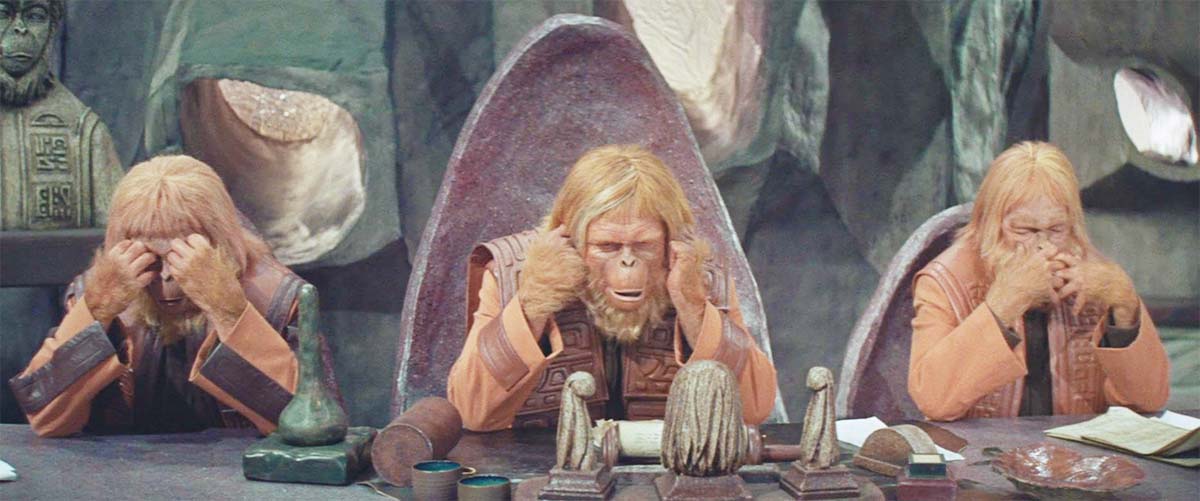
"Planet of the Apes" Trivia
- The 1968 film "Planet of the Apes" had a production budget of approximately $5.8 million, with nearly $1 million allocated to groundbreaking makeup effects.
- Roddy McDowall, who played Cornelius, did not appear in the sequel "Beneath the Planet of the Apes" due to scheduling conflicts.
- Early concept designs envisioned the ape civilization as highly advanced, but budget constraints led to the depiction of a more primitive society in the final film.

